2021 Trends to Keep an Eye On
 Solid-State Batteries
Solid-State Batteries
A solid-state battery differs from today’s in that it uses solid or polymer lithium- ion or lithium polymer solid electrolyte electrodes and a, instead of liquid batteries gel electrolytes. As both the electrodes and the electrolyte are solid state, the solid electrolyte also behaves as the separator, allowing volume and weight reduction due to the elimination of certain components. In addition, the removal of flammable liquid electrolytes can be an avenue for safer, longer- lasting batteries as they are more resistant to changes in temperature and physical damages which occur during usage. While the concept has been known for decades, implementation has been challenged in the past by short lifetimes and slow charging rates. However, in 2020 Volkswagen-backed QuantumScape announced a breakthrough of its single-layer solid-state battery cells with much higher energy density, significantly increasing the drivable range per charge of electric vehicles, as well as the ability to fast charge to 80% in 15 minutes. According to Kent Helfrich, Executive Director, Global Electrification and Battery Systems at General Motors and other known experts in the industry, there is potential for at least a 50% reduction in battery pack cost over the next several years, putting the cost of an electric vehicle at or below parity compared to the internal combustion engine. This could be a game changer for electric vehicles.
? WFA — Work From Anywhere
WFA — Work From Anywhere
As COVID-related office closures extend beyond their initial expected lives, both employers and employees have learned to embrace the concept of Work from Anywhere (WFA), a new reality where as long as an employee has internet and cell service, work can be done. This newfound freedom relaxes the need for employees to make time-consuming and expensive commutes to the office, and reduces the need for employers to provide designated office space for each employee as the availability of low-cost, easy-to-use video conferencing services provides a viable alternative to in-person meetings.
The effects of this rapid shift to remote work continue to develop. Employees are now empowered to relocate to less expensive or more desirable locales, with the need to physically commute to the office no longer as necessary. They are also investing more in creating a conducive work environment in their home, both through expansion of designated working spaces and investment in home office equipment. Employers are considering reducing office footprints, investing more in resources to allow for a safe and efficient remote working environment, and learning that perhaps providing a flexible work environment and expecting employee productivity are not mutually exclusive concepts. While the need for collaboration and creativity continue to exist, a new equilibrium between autonomy and accountability seems to be forming between employers and their employees.
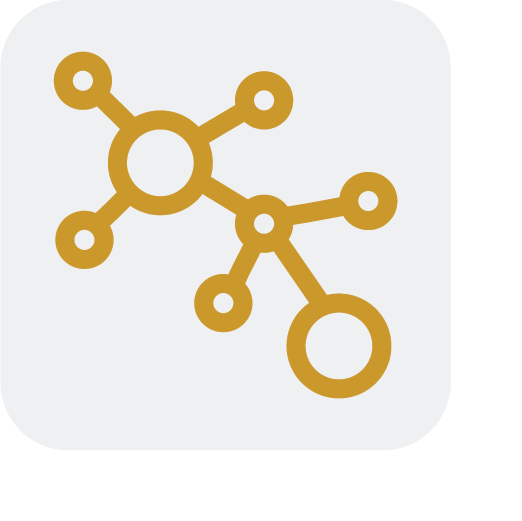 Alphafolds
Alphafolds
For decades, scientists have been working to uncover ways to predict the shape and structure of proteins, the building blocks of life. Most of what happens inside a cell is determined by the proteins within it. Thus, if you want to understand how a cell will react or be influenced, understanding the shape and structure of the underlying proteins is essential. This problem has been worked on for decades and was increasingly thought to be unsolvable. That is, until now. In one of the largest breakthroughs ever in molecular biology, a team from Google’s DeepMind artificial intelligence (AI) group appears to have solved this problem with remarkable accuracy in what they are calling AlphaFold.
The DeepMind team developed a consensus model of what the protein should look like by using deep learning to predict the distance between pairs of amino acids, then using an AI network, incorporated information about the physical and geometric constraints that determine how a protein folds. Combining these two methods, the team was able to accurately predict the final structure of the target protein sequence. According to Janet Thornton, a structural biologist at the European Molecular Biology Laboratory-European Bioinformatics Institute in the UK, “It’s a breakthrough of the first order, certainly one of the most significant scientific results of my lifetime”.
The implications are immense. The technology can provide key insight into how diseases progress and could dramatically change how we discover new drugs. AlphaFold could help uncover the function of thousands of proteins in the human genome, and make sense of disease-causing gene variations that differ between people. AlphaFold may also represent an inflection point in the field of Artificial Intelligence, as this is one of the most significant real-world impacts seen from the advancement of this technology.
 Zombie Companies
Zombie Companies
As the COVID-19 pandemic took hold and governments were forced to lock down, the speed at which the Federal Reserve and U.S. Government moved to initially provide support was incredible. Trillions of dollars of support to individuals, businesses, and the capital markets helped ensure a public health crisis did not turn into a financial one. Looking back, it’s hard not to say that support was a resounding success in helping bridge the economy and capital markets beyond the sudden shock of the pandemic. However, while the Federal Reserve may have staved off an economic depression, there are likely to be unintended consequences of these actions for years to come. One of those unintended consequences is the expansion of “Zombie Companies”. Very much as the name suggests, Zombie Companies are near-dead companies that continue on to exist. These companies, which would have gone out of business, but for the Federal Reserve’s intervention, have been allowed to take on an even larger amount of debt. One distinction of a Zombie Company is an inability to earn enough to cover its interest expense. According to a Bloomberg analysis of 3,000 publicly traded companies, total debt obligations of these Zombie Companies have swelled to nearly $2 trillion dollars, which is substantially higher than companies of a similar profile during the 2008 financial crisis. The Federal Reserve’s actions may have given hundreds of unproductive and near- dead firms unlimited access to the capital markets. This creates a long-term moral hazard problem for capitalism as a whole. One needs to look no further than Japan in the 1990’s and the European Union more recently as to how Zombie Companies negatively impact longer-term growth in an economy. For capitalism to thrive, companies must be allowed to fail.
?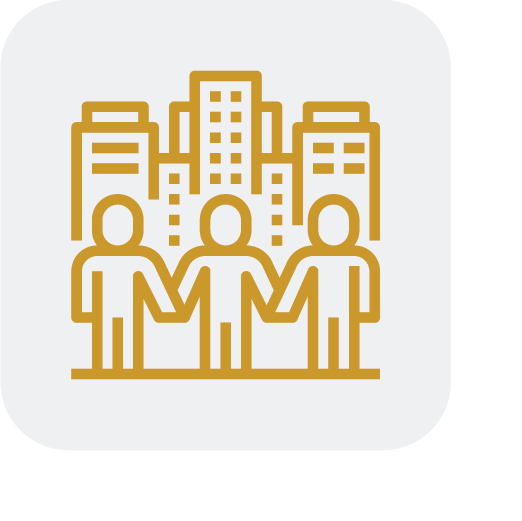 Corporate Woke
Corporate Woke
In September 2018, Nike released an ad with Colin Kaepernick that caught the attention of consumers, investors, and the media. A year later ,Fast Company reported that Nike’s sales were up 31% and its brand value had climbed by $6 billion. It should be no surprise then that other CEOs woke up and started “woke washing” their companies, even leading the business roundtable to redefine the purpose of a corporation as being “to create value for all stakeholders.” At the time, Andrew Winston concluded a Harvard Business Review article on the business roundtable’s redefinition of corporate purpose by saying, “it’s just empty rhetoric.” In a more recent article in the same publication, Erin Dowell and Marlette Jackson note that, “While many companies are speaking out because they know the costs of silence are high, they’re discovering that the costs of ’woke washing’ — appropriating the language of social activism into marketing materials, for instance — can be high, too.”
Put simply, corporate woke is a response to pressures from investors, consumers and employees (aka stakeholders) to take a stand on environmental, social, and governance issues. In its most insincere form, it’s simply about executives keeping reign over their fiefdoms. In its most genuine form, it would provide people across geographies, demographics and time the opportunity to pursue happiness to its fullest extent possible by seeking to eliminate biases and intelligently utilize the resources of the world. Somewhere in between lies what Milton Friedman, and many business executives over the last 40 years, argued was the true social responsibility of business: the pursuit of profits. While this debate between shareholder and stakeholder capitalism has raged for decades, perhaps it’s all a matter of time-horizon. Focusing on the long-term and finding the appropriate balance in managing the needs of all stakeholders is generally a good recipe for maximizing profits in the long-run.
? China+1
China+1
The COVID-19 pandemic exposed the fragility of global supply chains, in particular, the reliance of some on China. China+1, or simply “Plus One,” is an acknowledgment that businesses need a diversified supply chain to protect against disruptions likes factory shutdowns and terminal closures, while continuing to take advantage of the opportunities China has to offer. With its labor cost advantage, China will likely continue to be the world’s factory. In fact, according to the World Bank, China’s labor costs are one-fourth of those in the U.S. More importantly however, to duplicate in terms of size, efficiency and cost. Nevertheless, in an effort to reduce supply chain risks, focus will shift outside of China to other Asian countries. Will this be a massive shift outside China? Unlikely. In March, 70% of the respondents to an American Chamber of Commerce in China Survey said they had no plans to relocate production and supply-chain operations outside of China. Bottom-line, there will be more supply-chain diversification, but China will likely remain front and center because of its cost and size advantages.
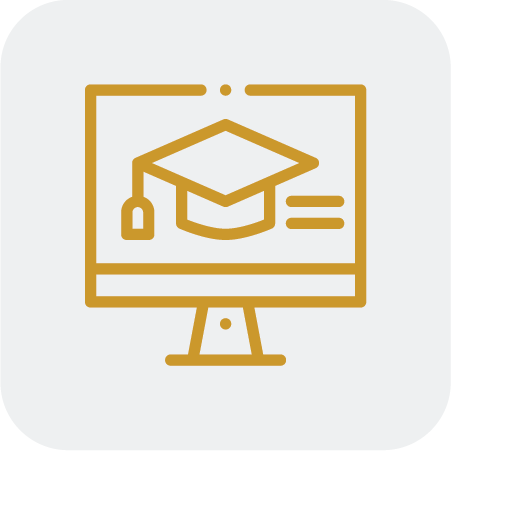 New School
New School
With the advent of YouTube and other video sites, new methods of instruction have developed. The amount of knowledge being shared on platforms is enormous. Educational videos range from elementary to post graduate and the specifics of many trades. Some information is behind paywalls, but much is still free. Notable examples include MIT Open Course Ware and Khan Academy. Streaming knowledge on demand changes the educational game. No longer are rapid learners held back by the limits of the classroom; they can advance at their own pace. No longer must there be long breaks without any instruction. Classes can continue through the summer breaks and other holidays at a reduced pace, keeping the topics learned in the spring fresh in the minds of the learners. The fall review becomes unnecessary, as the topics from last year are not forgotten over a long summer of no instruction. Struggling learners can seek clarification by watching the video again. Importantly, the video never raises its voice or expresses frustration over the misunderstanding of the student. When videos present the topics, teachers can focus their time on helping those in need of additional explanation or of a different approach to understand the topic. Standardized assessments can be used to judge the effectiveness of the video instruction. Eventually, the path of learning will coalesce around the most effective videos. Some argue this may reduce the overall number of instructional teachers, but perhaps it will allow more time and personal attention from those teachers helping the struggling learners. The pitfalls of remote instruction hinge on an awareness of self that may not be present in most children and young adults. Students need a degree of self-motivation to take advantage of the materials available, as well as being honest and asking for help when they do not understand a topic. The necessary evil of periodic assessments will help teachers identify struggling learners. The need for motivational counselors may also increase, as they can help the learners internalize the importance of a solid education.
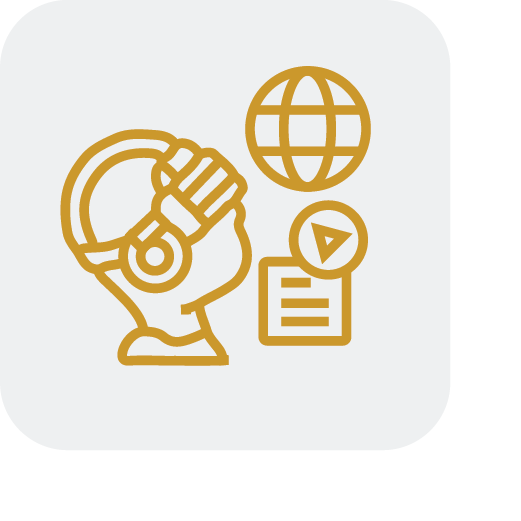 Metaverse
Metaverse
The term Metaverse originates from Neal Stephenson’s science fiction novel, Snow Crash. In the novel, human beings interact as avatars in a three-dimensional space based on the real physical world. For most people today, the film adaptation of the Ernest Cline novel Ready Player One demonstrated a vision of what the Metaverse might look like. Coinciding with our previous years’ gaming trends (see “eSports” trend from 2018 and “Cloud Gaming” trend from 2019), the idea of a Metaverse is now an evolving trend to watch over the next several years. Advancements in 3D graphics, computing power, artificial intelligence, virtual reality, and social gaming are colliding creating early, small Metaverses. Gaming and digital worlds, such as Fortnite, are the forum for many young people today to experience a significant part of their social connections. Other companies such as Roblox even have thriving economies built inside of them, where players build virtual goods and games, generating income in the form of the platform’s digital currency, the Robux. The COVID-19 pandemic is pushing the idea of a Metaverse even further as we are all forced to interact more in a digital world than a physical world. Concerts, meetings, birthday parties, weddings among many other events have all moved into the Metaverse during the pandemic. Time will tell if the Metaverse becomes a normal part of our daily lives, that is, if we are not living in a simulation already.
?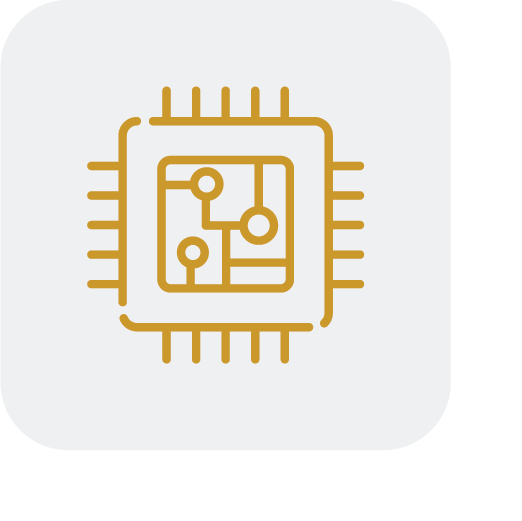 DPUs
DPUs
As it becomes more expensive and technically difficult to double the number of transistors driving processing power, Moore’s Law may no longer apply and computer architects are looking for other ways to improve performance. The latest generation data centers are beginning to include DPUs (data processing units) along with CPUs (central processing units) and GPUs (graphics processing units). A DPU differs from the more common CPU by a larger degree of parallelism required to process many requests at once, and from a GPU by a MIMD (multiple instruction, multiple data) architecture required as each request needs to make different decisions and follow a different path through the chip. Hence, DPUs have the generality and the programmability of CPUs but are specialized to operate efficiently on networking packets, storage requests or analytics requests.
Even with the benefit of GPUs to crunch big data, there is more burden on CPUs to access and share information among computers and servers, as well as feed GPUs with data. With data management and networking tasks alone consuming up to 30% of CPU cycles (according to Nvidia), traditional data center networks connected by switches and cables can overwhelm CPUs. Add the need for real- time data security and it’s easy to see why architects seek to offload some CPU tasks to application-specific processors in order to improve performance. In a modern data center, the network is connected via DPUs that process data on the fly, offloading networking tasks from CPUs to optimize application performance for machine learning, security, telecommunications and storage etc. As big data (see “Big Data” trend from 2012), digital transformation (see “Digital Transformation” trend from 2020), and advancements in artificial intelligence place more demands on data centers and networks, we anticipate a greater need for DPUs.
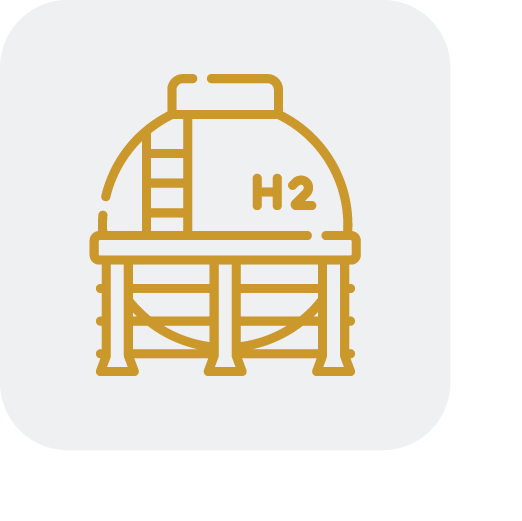 Hydrogen Fuel
Hydrogen Fuel
If society is going to achieve its goal of zero net greenhouse gas emissions by 2050, it’s going to take more than solar panels, wind turbines and battery electric vehicles (BEV). According to the EPA, transportation represents 14% of greenhouse gas emissions, with cars accounting for a little less than half of that. Airplanes, cargo ships and trucks represent the majority and need an energy solution that has good range, good energy density and is easy to replenish. Hydrogen-powered vehicles meet most of these needs, while also having the added advantage of being carbon- free. The energy density of hydrogen is 3x greater than gasoline and 100x greater than batteries on a unit of mass basis. Hydrogen fuel cells are the key enabling technology, which convert hydrogen to electrical energy. Future adoption will depend on reducing the cost of producing hydrogen, as well as reducing fuel cell costs.
Hydrogen may also play a key role in industry, which according to the EPA produces 21% of greenhouse gases. Manufacturers use fossil fuels primarily as a heating source. Since hydrogen is highly flammable and carbon free, it’s a good substitute. Interestingly, hydrogen production also uses heat; so, not all hydrogen is totally “green.” “Gray-hydrogen” is hydrogen produced using fossil fuels, whereas, “blue- hydrogen” is hydrogen produced using fossil fuels, but the CO2 is captured and sequestered. Only “green-hydrogen” is totally carbon free; it’s produced using renewable energy, but it is the most expensive option. Therefore, future adoption will likely be driven by regulatory means, such as a carbon tax, or by development of a more competitively-priced, sustainable energy source that is carbon free.
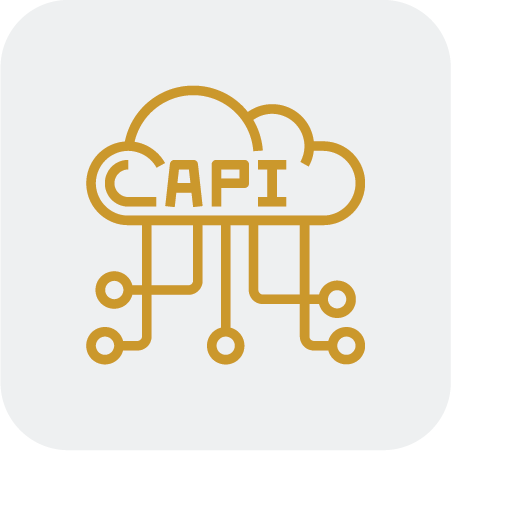 API First
API First
An application programming interface (API) defines interactions between multiple software intermediaries. APIs can simplify programming by abstracting underlying code and complexity, only exposing objects or actions that a developer needs. Just as graphical user interfaces (GUIs) enable people to interact with software more easily, APIs enable software to interact more easily and consistently with other software. As the name suggests, APIs were initially used with end-user-facing application programs. Now the term takes on broader meaning encompassing utility software and even hardware interfaces. The number of available web APIs has grown over the years, as businesses realize the growth opportunities associated with running an open platform. Developers have taken notice and have begun building with an “API-first” approach. This means that everything revolves around the idea that the end product or service will be consumed by multiple devices, and that APIs must be consistent and reusable. APIs enable companies to break down capabilities into self-contained microservices (see “Serverless” trend from 2017 and “Containerization” trend from 2015).
An API-first approach puts emphasis on building APIs that serve applications that can be developed and maintained for all devices, platforms, and operating systems. Establishing an API definition and contract up front allows teams to work in parallel and for APIs and code to be used for other projects; this can significantly reduce development costs and time to market. With an API-first ecosystem, companies can increasingly build nearly everything non-core to their business through APIs. Now, by writing a few lines of code and accessing third-party APIs, companies can do better than they would have ever been able to in-house. Companies can focus on their core competencies that differentiate their businesses, while leveraging best-in-class solutions (at scale) everywhere else.
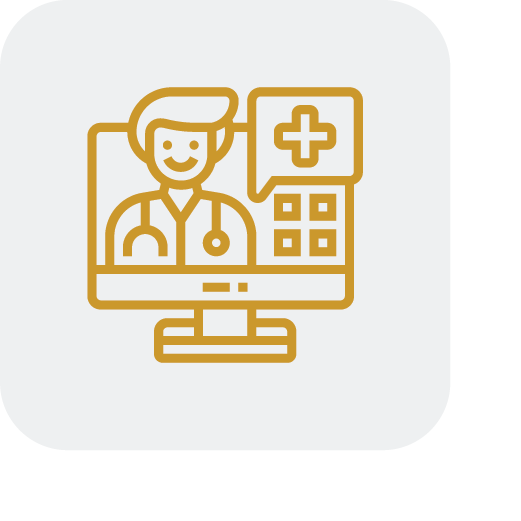 Telehealth
Telehealth
The concept of telehealth has been around for years, but the industry had just been dabbling. Then – as with so many other industries – the COVID-19 pandemic accelerated the trend toward remote healthcare. The long-term implications of delivering healthcare services remotely are immense. Time savings and efficiency gains for both patients and doctors; access to doctors for those who have mobility issues or live in remote areas; robotic surgery or physical therapy being performed using remote instruments; and volumes of patient data being sent to medical facilities in near real-time (see “Internet of Things/Wearables” trend from 2015). This trend will be with us and maturing for years, but there’s little doubt it’s coming. And in a surprise to no one, large tech companies are looking to capitalize on healthcare trends. Apple is building a healthcare business centered on the consumer (wearables, etc.). Google will almost certainly play in the consumer market as well, while also trying to capitalize on healthcare- related analytics (population genomics, devices & sensor monitoring, etc.). Consumer and regulatory reaction to these trends will be worth watching in the years to come. Eventually, technology touches everything, and the future of healthcare will bring technology to the forefront of patient care.